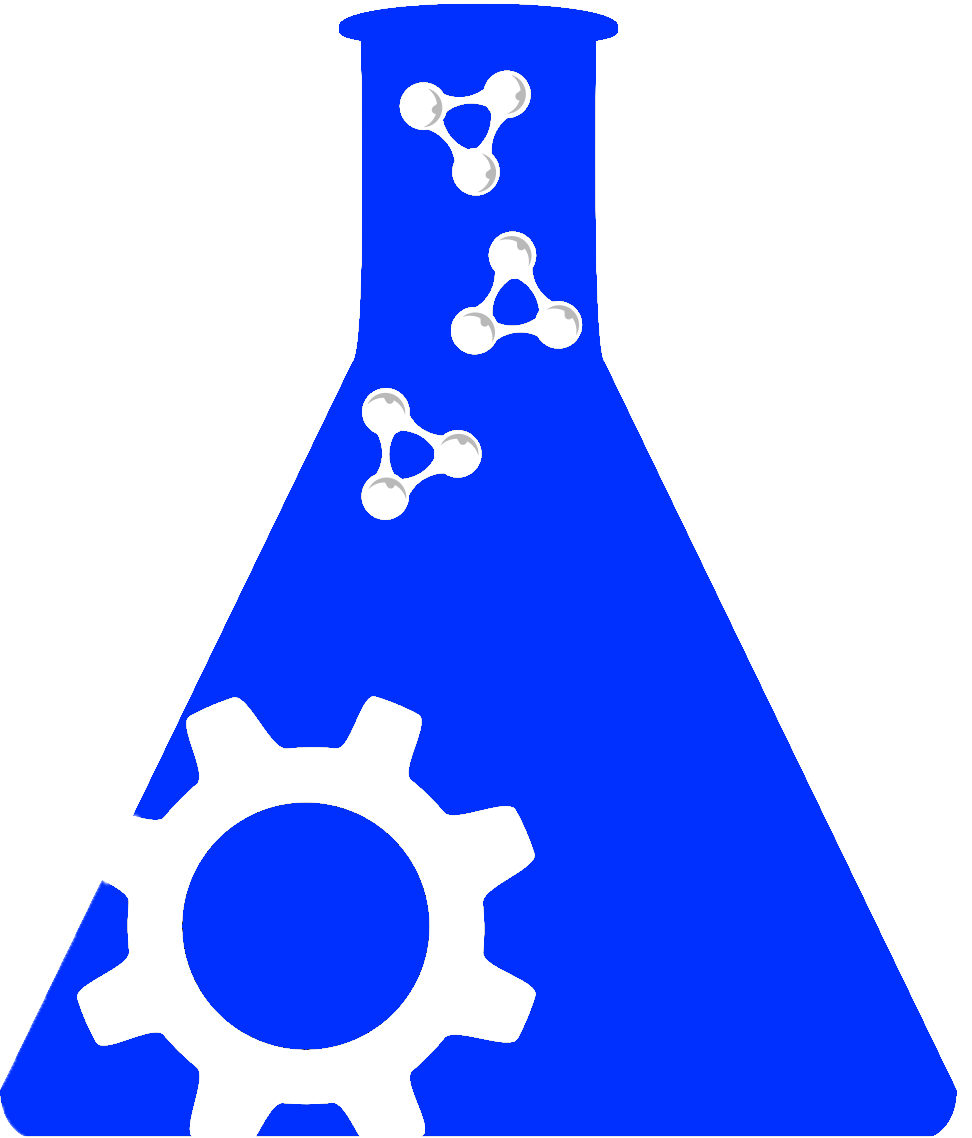Searching across hundreds of databases

Are you sure you want to leave this community? Leaving the community will revoke any permissions you have been granted in this community.
URL: http://www.bioconductor.org/packages/release/bioc/html/ddCt.html
Proper Citation: ddCt (RRID:SCR_003396)
Description: Software package providing an approximation method to determine relative gene expression with quantitative real-time PCR (qRT-PCR) experiments. It requires no standard curve for each primer-target pair, therefore reducing the working load and yet returning accurate enough results as long as the assumptions of the amplification efficiency hold. The package implements a pipeline to collect, analyze and visualize qRT-PCR results, for example those from TaqMan SDM software, mainly using the ddCt method. The pipeline can be either invoked by a script in command-line or through the API consisting of S4-Classes, methods and functions.
Abbreviations: ddCt
Synonyms: Delta-Delta-Ct
Resource Type: software resource
Keywords: differential expression, gene expression, microtitre plate assay, q-pcr
Expand Allis listed by |
|
has parent organization |
We found {{ ctrl2.mentions.total_count }} mentions in open access literature.
We have not found any literature mentions for this resource.
We are searching literature mentions for this resource.
Most recent articles:
{{ mention._source.dc.creators[0].familyName }} {{ mention._source.dc.creators[0].initials }}, et al. ({{ mention._source.dc.publicationYear }}) {{ mention._source.dc.title }} {{ mention._source.dc.publishers[0].name }}, {{ mention._source.dc.publishers[0].volume }}({{ mention._source.dc.publishers[0].issue }}), {{ mention._source.dc.publishers[0].pagination }}. (PMID:{{ mention._id.replace('PMID:', '') }})
A list of researchers who have used the resource and an author search tool

A list of researchers who have used the resource and an author search tool. This is available for resources that have literature mentions.
No rating or validation information has been found for ddCt.
No alerts have been found for ddCt.
Source: SciCrunch Registry